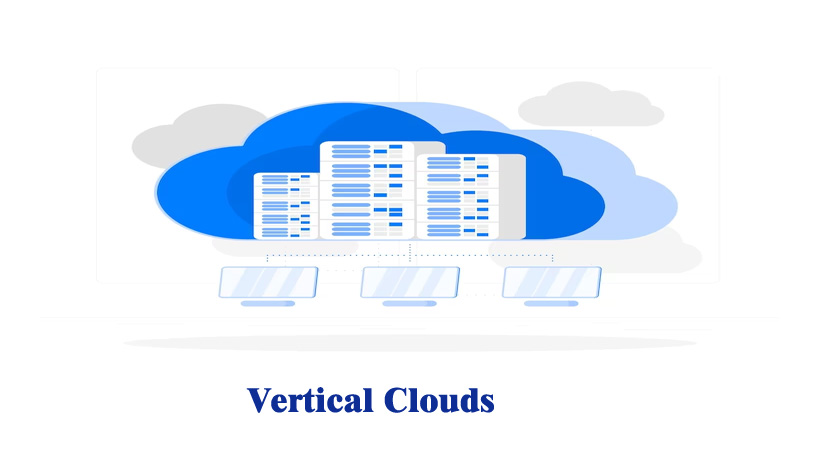Vertical clouds are a set of cloud services that are used for specific industries Or business areas. Some companies will work with primary use cloud computing services, and others will use it for more advanced reasons since it’s their niche requirements for compliance, security, and other reasons. Vertical cloud providers will facilitate various services to meet users’ particular needs. For example, banking industries must ensure the data is completely secured with various compliance requirements. So vertical clouds are used. Let us understand more about vertical clouds.
Advantages of Vertical Clouds
Vertical clouds have various advantages in many industries. Let us look at some of the primary advantages across various areas:
- In cloud computing, it is easy to scale resources up and down based on the demand. This happens with the help of vertical clouds. Apart from this, it also reduces capital expenses.
- You will have access to a global market and a large customer base in the business industry. It also provides a streamlined process and also reduces operational costs.
- The healthcare industry improves patient healthcare through technology and data analysis. It will provide massive access to healthcare services remotely.
- In the communication industry, it helps optimize collaboration through various communication tools. It provides instant communication across the world.
- When we talk about technology, it has tremendous innovative rapid technical advancements in this industry. It will also optimize collaboration and communication through technology. Apart from this, there has also been an improvement in automation processes.
Conclusion
In conclusion, this article has described the vertical cloud and its advantages in various industries. Whether it’s healthcare communication or cloud computing, its benefits are diverse. It provides efficiency and innovation driven by technology, the insights of data and global reach in businesses, scalability and cost-effectiveness in cloud computing, and improved healthcare and sustainability for patients in healthcare.

